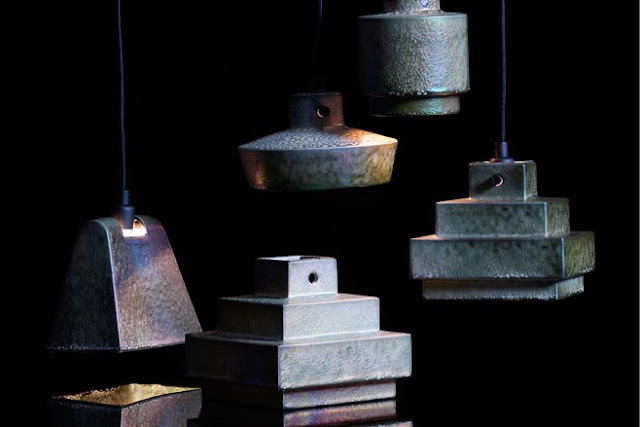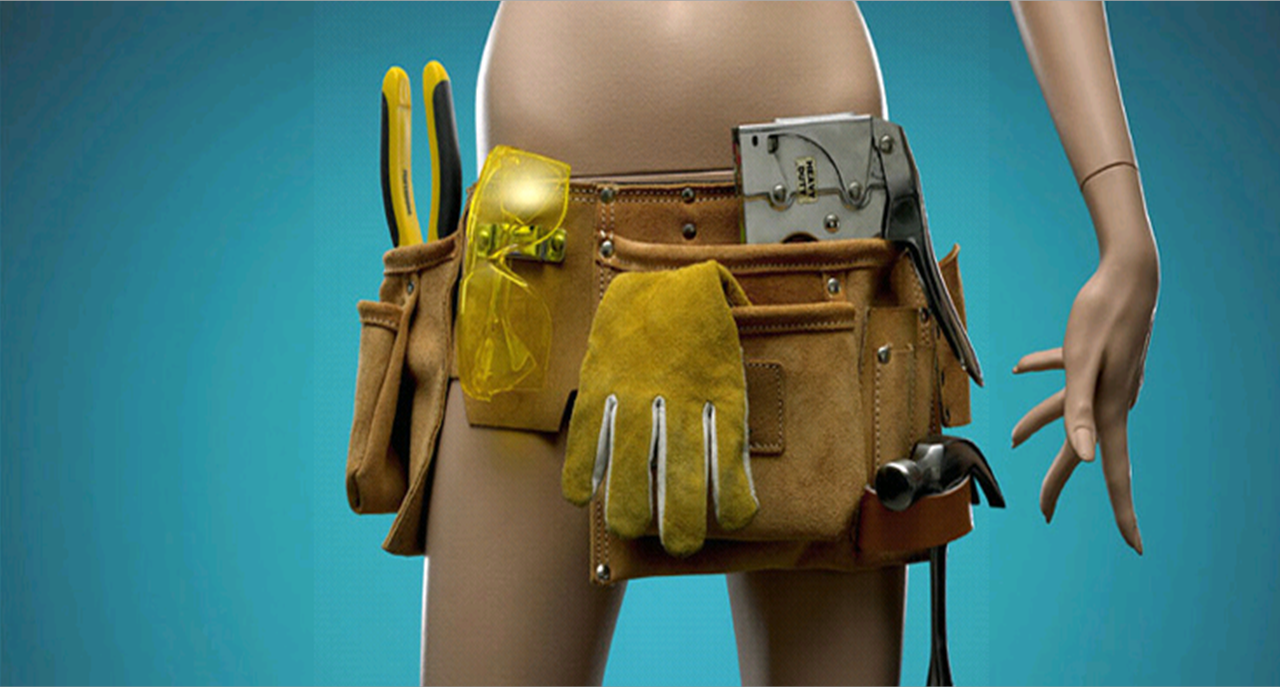Surface Material Trends for a Regenerative Future
Regenerative design aims to work with nature, benefiting the environment and helping to sustain life within it. Constantly nurturing and naturally replenishing to build a greater ecology, with an emphasis on giving back to the natural landscape, rather than take. This is a movement sweeping across design disciplines and surface material trends to completely overhaul the way we innovate, manufacture and build.
Designer Carolina Härdh has combined the leftover food (rice starch, fish bones and oyster shells) from the kitchen of Gothenburg restaurant, Vrä, to create a material with a speckled texture that resembles terrazzo. The biomaterial has been made into a dual-purpose stool and side table, to be used in the restaurant, with the aim of showing guests the value of food waste.































































